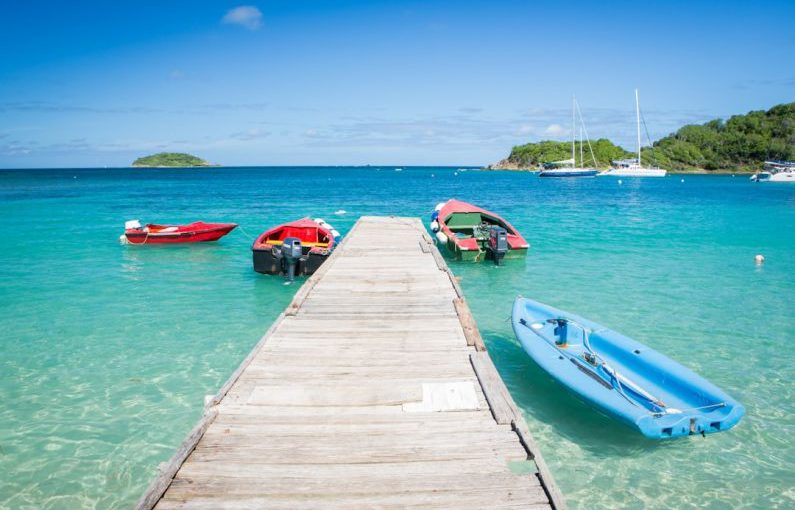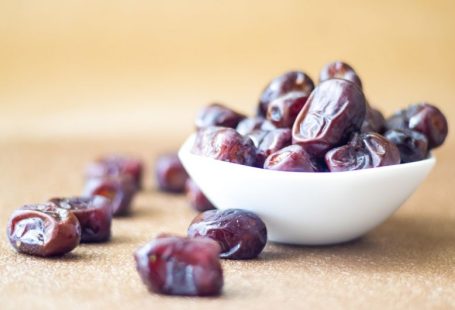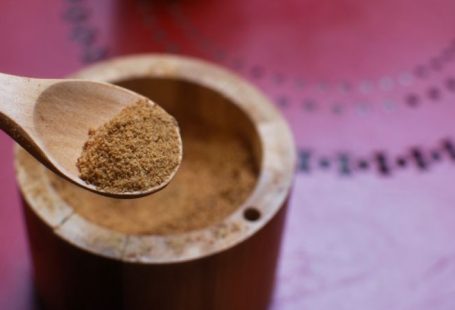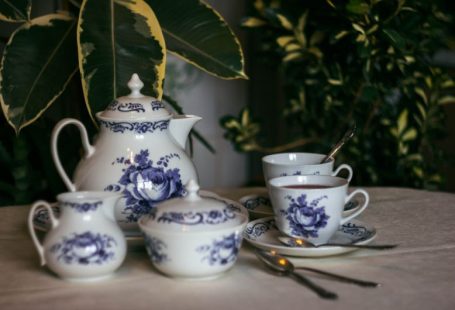The Caribbean region is renowned for its stunning beaches, vibrant culture, and rich history. However, beneath the surface of these idyllic islands lies a sweet secret that has been a cornerstone of their economy for centuries: sugar. From the lush plantations of Barbados to the rolling hills of Jamaica, the Caribbean has a long and complex history with sugar production that has left a lasting impact on the islands and their people.
**The Sugar Revolution**
The cultivation of sugar cane in the Caribbean can be traced back to the late 15th century when European colonizers first brought the crop to the region. Initially introduced by the Spanish, it was the British who truly revolutionized the industry in the 17th century, transforming the Caribbean into the epicenter of sugar production. The demand for sugar in Europe drove the expansion of plantations across the islands, leading to the establishment of a brutal system of slavery to work the fields.
**The Rise and Fall of Sugar**
For centuries, sugar was king in the Caribbean, fueling the economy and shaping the social structure of the islands. The profitability of sugar cultivation led to the mass importation of enslaved Africans to work the plantations, creating a system of exploitation and oppression that would have lasting repercussions. The sugar industry boomed during the colonial period, making the Caribbean one of the wealthiest regions in the world.
However, the industry’s decline began in the 19th century with the abolition of slavery and the rise of sugar beet production in Europe. The end of slavery led to labor shortages on the plantations, and the subsequent introduction of indentured laborers from India and China did little to stem the tide of change. The Caribbean sugar industry struggled to compete with cheaper sugar produced elsewhere, leading to the closure of many plantations and a decline in the region’s economic dominance.
**Sugar and Culture**
Despite its troubled history, sugar remains an integral part of Caribbean culture. The influence of sugar can be seen in everything from the region’s cuisine to its music and dance. The use of sugar cane in traditional dishes like rum punch, tamarind balls, and coconut drops is a testament to the enduring legacy of the crop in Caribbean cuisine. Moreover, the vibrant rhythms of calypso and reggae music often reference the sugar plantations and the hardships faced by the enslaved laborers who worked them.
**Modern Challenges and Opportunities**
In recent years, the Caribbean sugar industry has faced numerous challenges, from climate change and natural disasters to global market fluctuations. Despite these obstacles, there are signs of hope for the future of sugar in the region. Some islands have begun to diversify their agricultural production, moving away from a sole reliance on sugar to embrace new crops and sustainable farming practices.
Additionally, the rise of agro-tourism has provided a new avenue for Caribbean sugar producers to showcase their products and educate visitors about the history of sugar in the region. By highlighting the cultural significance of sugar and promoting sustainable farming methods, the Caribbean sugar industry is seeking to carve out a niche in the modern world while honoring its storied past.
**A Sweet Legacy**
While the days of sugar plantations dominating the Caribbean economy are long gone, the legacy of sugar production lives on in the islands’ rich history and vibrant culture. From the bitter legacy of slavery to the sweet tastes of traditional Caribbean dishes, sugar continues to shape the identity of the region in profound ways. As the Caribbean navigates the challenges of the modern world, its connection to sugar remains a reminder of the resilience and creativity of its people.





